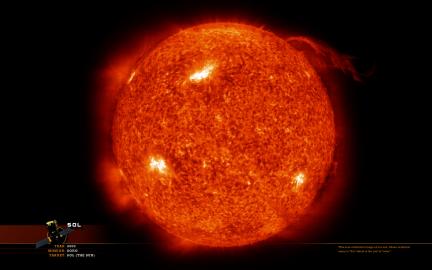 I don’t mean to go over some details that many of us already know, but just in case you don’t:
I don’t mean to go over some details that many of us already know, but just in case you don’t:
1) If you consider the manner in which the planets are named in the solar system, then the sun’s name would be “Sol” which is the root of the word “solar”.
2) The sun is a star which is neither a solid or a gas but is made of something called plasma.
3) The fusion that creates the energy the sun provides takes place in the core and it takes 170 thousand years for it to make its way out and radiating into space.
4) The sun has an eleven year cycle in which all kinds of activity such as sunspots, flares and solar storms peak and can sometimes disrupt things here on Earth.
5) It is estimated that Earth has only 5 billion years left before the sun depletes its resources and turns into a red giant and fries all things on Earth to a cinder. The image was taken from the SOHO solar observatory. This is the first spacecraft to take advantage of what is called a “halo” orbit around the sun. This involves orbiting a spot called the Lagrangian point which is a spot in between the Earth and Sun where the pull on the object is equal on each side. This means that SOHO actually orbits a space occupied by nothing, and follows inside the orbit of Earth. The advantages of this position allows SOHO to observe the sun uninterrupted by not having to pass behind the Earth which has been an issue with every previous mission to observe the sun. IMAGE NOTE: What is shown in the image above is in ultraviolet light. I make an effort to not use images in false-color and favor visible light, but the sun cannot be imaged in this way for any kind of detail (other than sunspots). So, in the case of suns and stars… I make the exception.
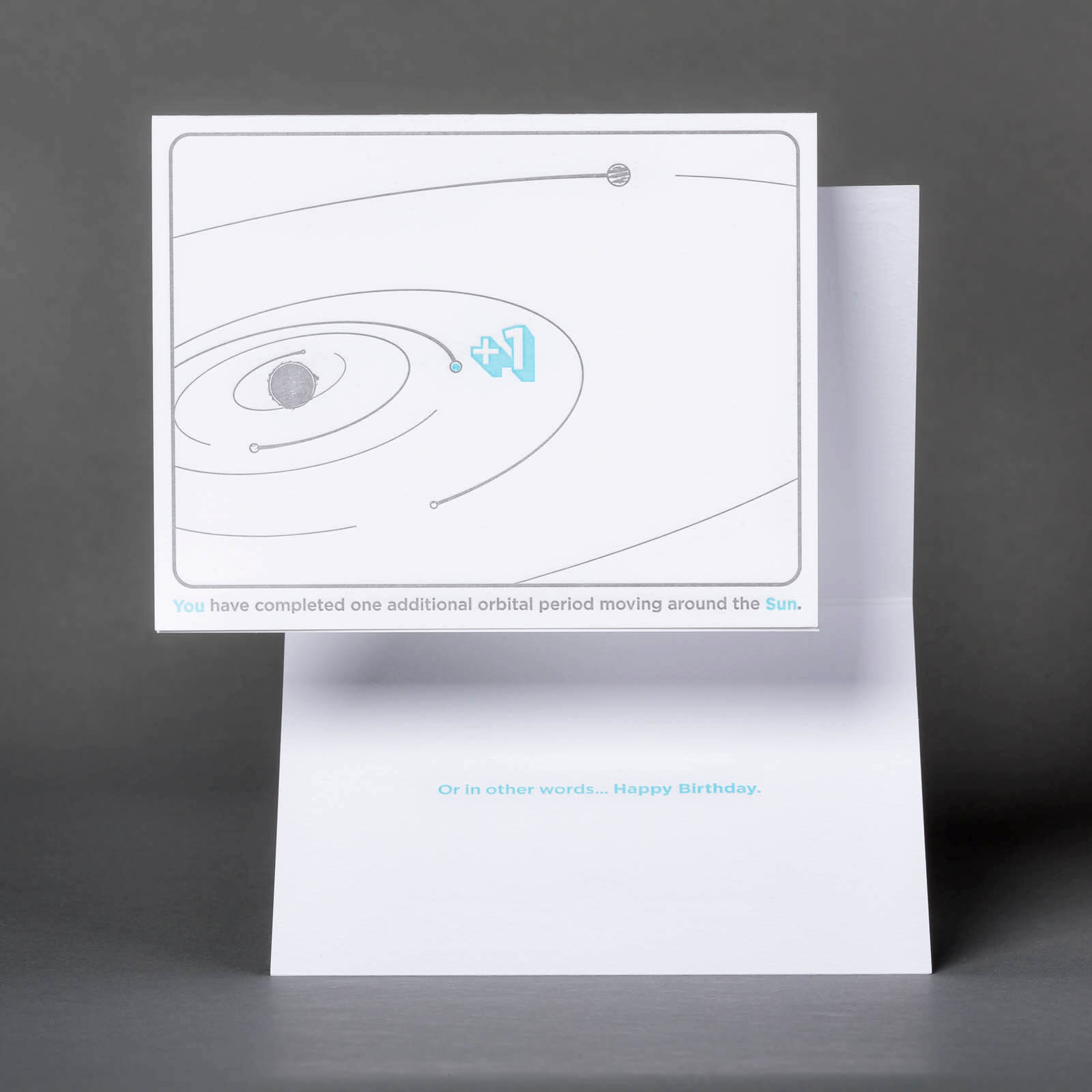 As a fan of space exploration, you will have to love this birthday card from Chop Shop. An overly technical acknowledgment of someone’s birthday by defining exactly what it is. One additional complete orbital period moving around the sun. Even better, they design is beautifully letterpress printed both front and inside.
As a fan of space exploration, you will have to love this birthday card from Chop Shop. An overly technical acknowledgment of someone’s birthday by defining exactly what it is. One additional complete orbital period moving around the sun. Even better, they design is beautifully letterpress printed both front and inside.
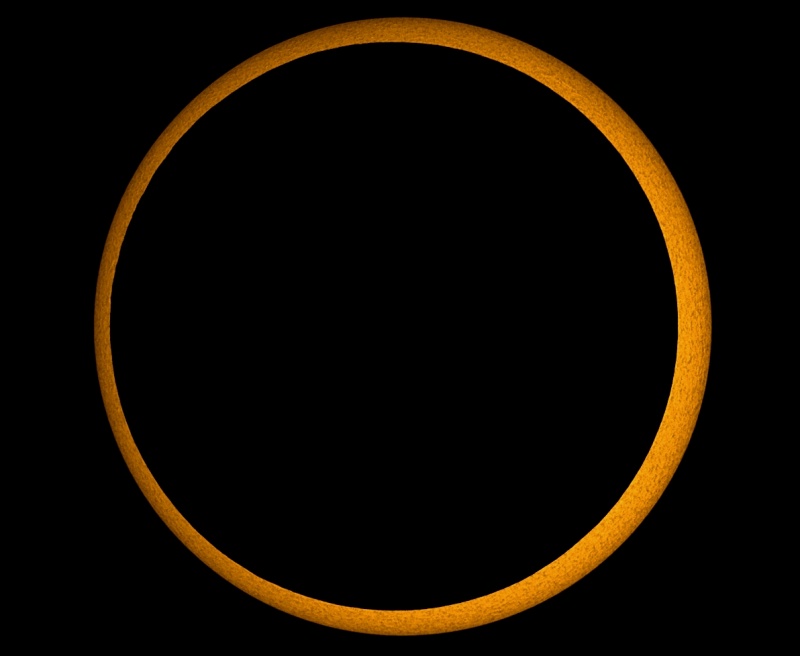
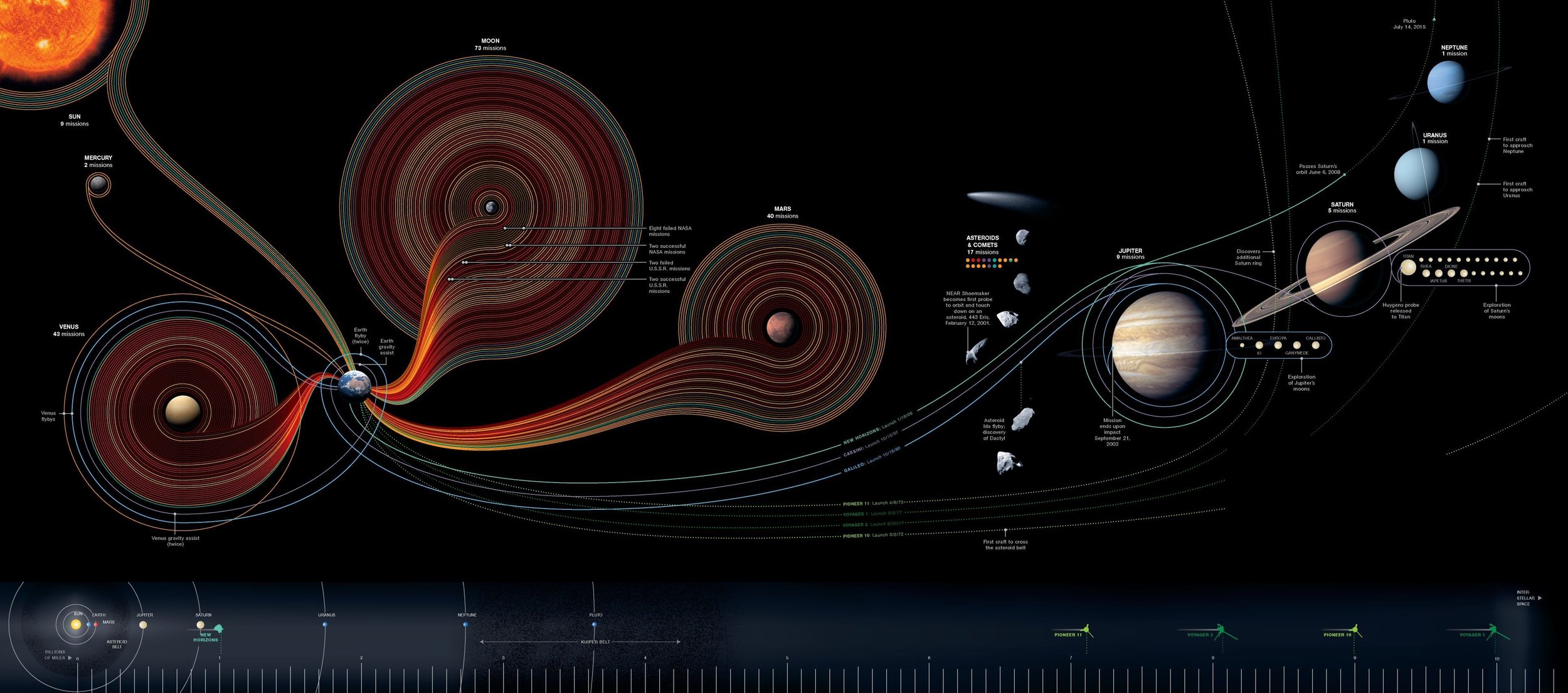



 This image taken by Thierry Legault has been making the rounds lately. That bit of a speck seen on the Sun’s lower-right limb is the shuttle on the way to perform it’s current Hubble repair mission. The spacecraft itself can be seen in much greater detail at left and another image of The Shuttle with The Hubble Space Telescope nearby can also be seen on Thierry’s website
This image taken by Thierry Legault has been making the rounds lately. That bit of a speck seen on the Sun’s lower-right limb is the shuttle on the way to perform it’s current Hubble repair mission. The spacecraft itself can be seen in much greater detail at left and another image of The Shuttle with The Hubble Space Telescope nearby can also be seen on Thierry’s website 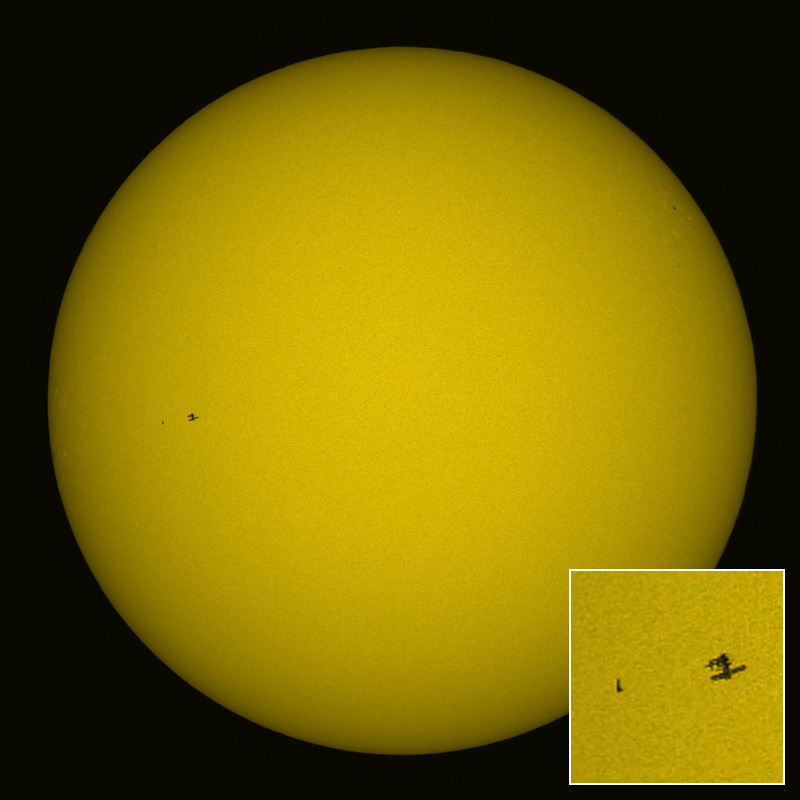
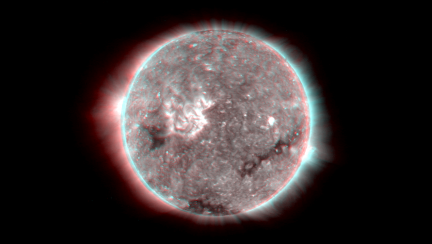
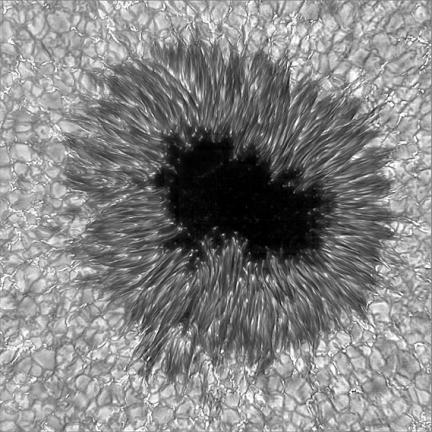
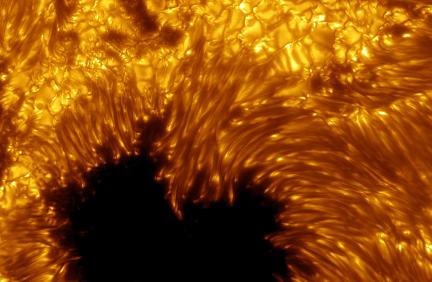
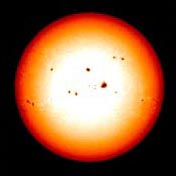 It has a much lower temperature than its surrounding areas and emits a tremendous amount of magnetic activity. Of course, any imaging the Sun in normal visible light with no photographic trickery would result in an entirely white image with no details at all. So the funny thing about these “dark spots” (see visible/white light image at left) is that they are actually blindingly bright to a human eye. It is only when we image these areas in comparitive contrast with the surrounding hotter areas do they appear as dark in photographs. These mysterious spots seem to also appear in abundance in 11 year cycles which also eludes any scientific explanation.
It has a much lower temperature than its surrounding areas and emits a tremendous amount of magnetic activity. Of course, any imaging the Sun in normal visible light with no photographic trickery would result in an entirely white image with no details at all. So the funny thing about these “dark spots” (see visible/white light image at left) is that they are actually blindingly bright to a human eye. It is only when we image these areas in comparitive contrast with the surrounding hotter areas do they appear as dark in photographs. These mysterious spots seem to also appear in abundance in 11 year cycles which also eludes any scientific explanation.